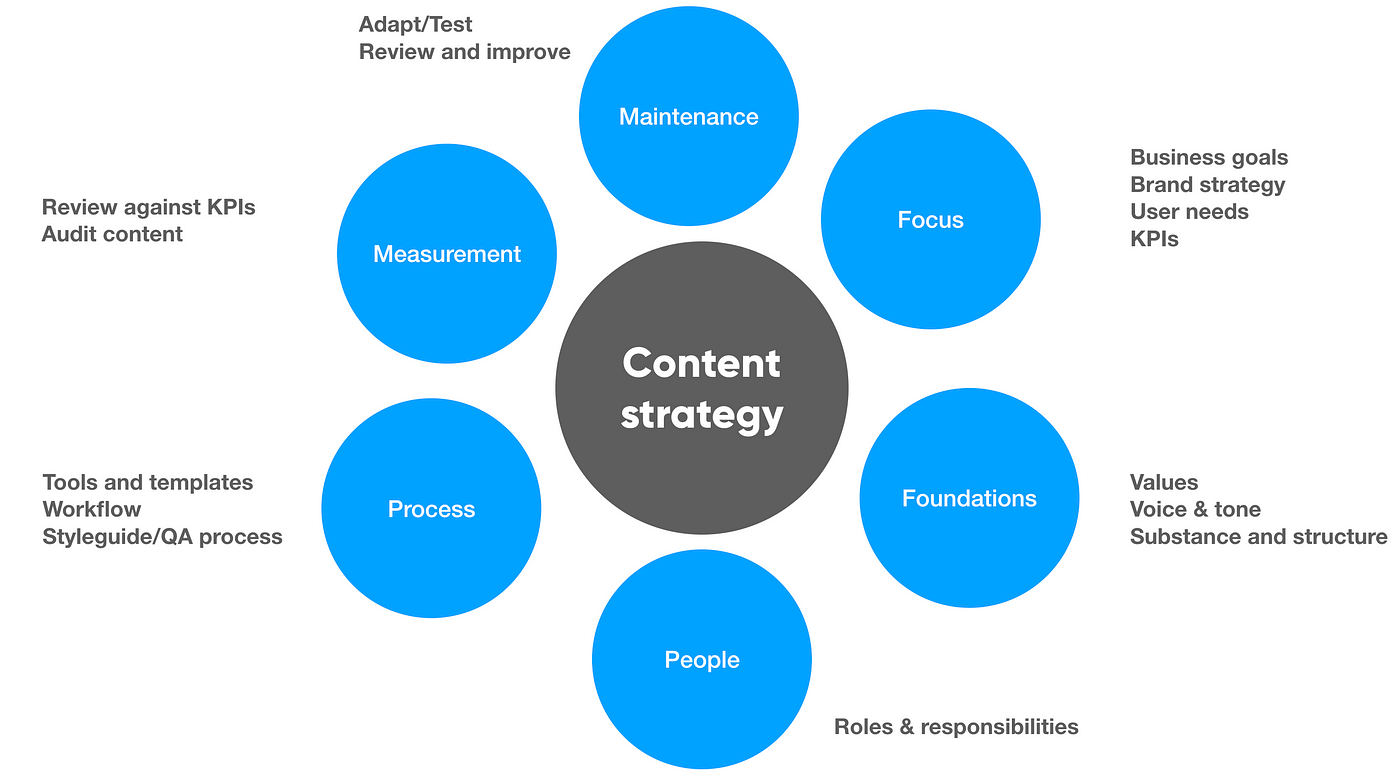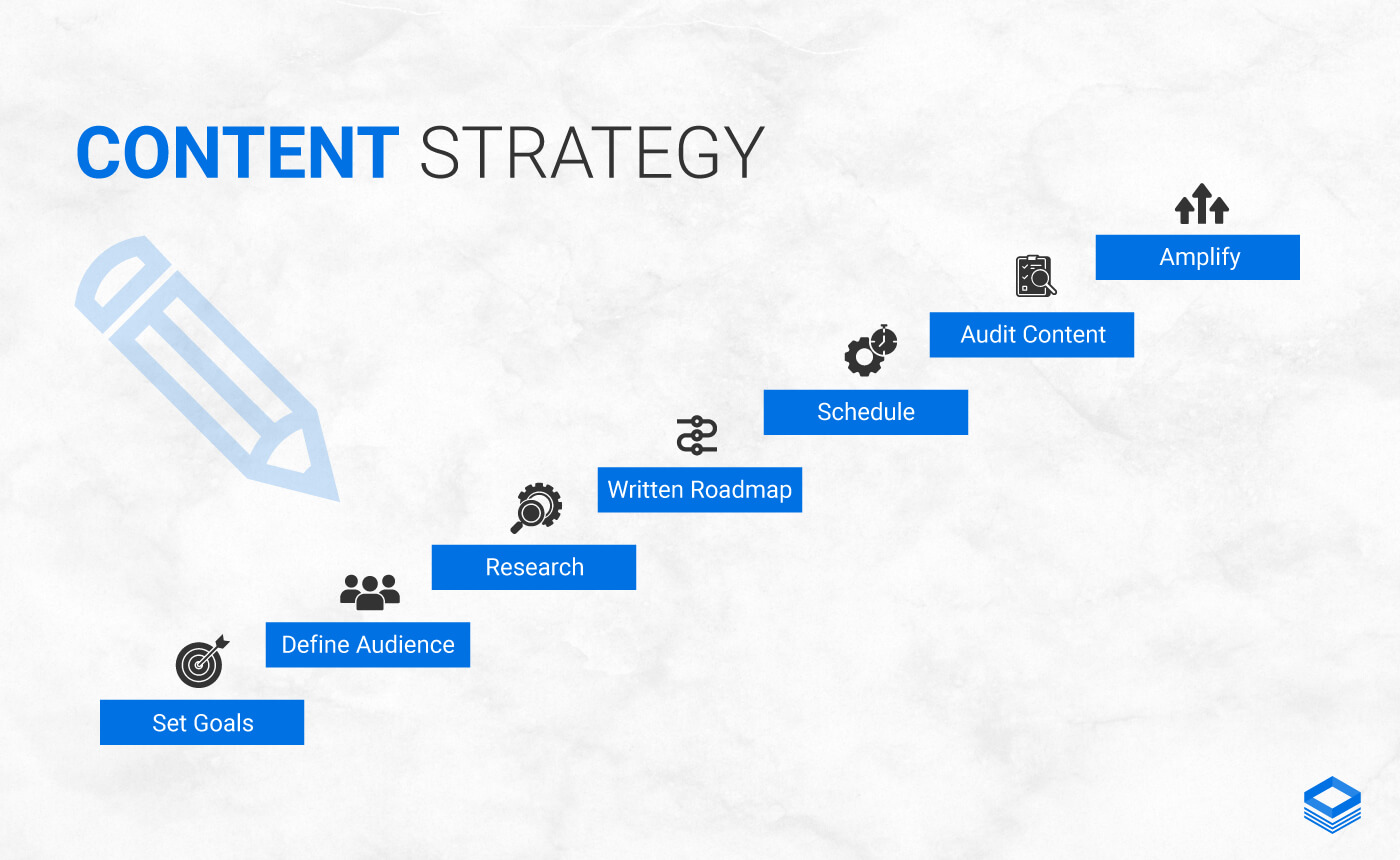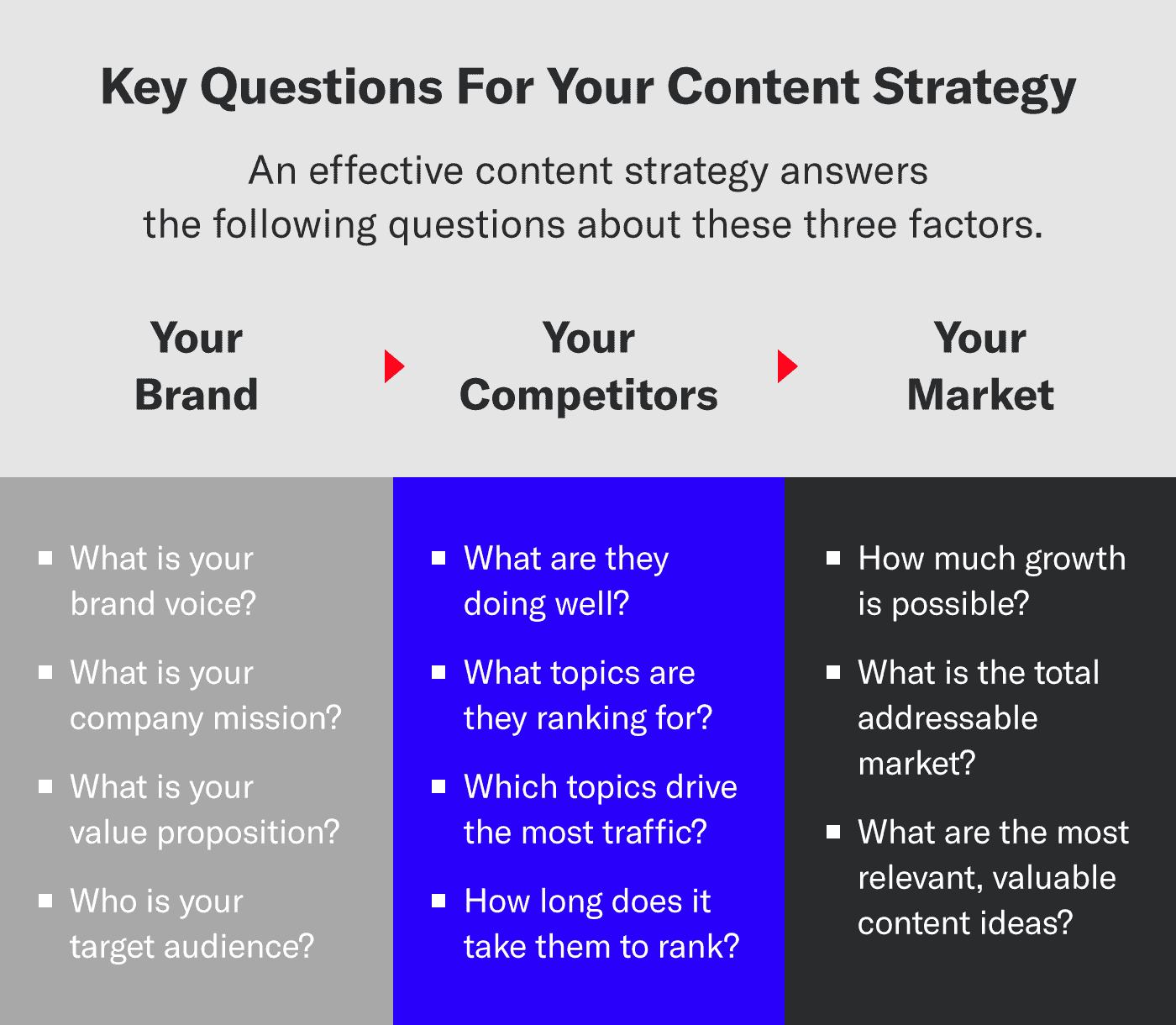Why Content Strategy Agency Services for Digital Success
Why Content Strategy Agency Services for Digital Success
Blog Article
Determining the Success of Your Material Technique: Vital Metrics to Track
In the realm of electronic advertising and marketing, the efficiency of a content strategy is frequently determined with various metrics that mirror both reach and influence. While traffic metrics give a fundamental understanding of audience involvement, it is the combination of involvement and conversion metrics that really reveals the depth of content resonance and its monetary implications.
Traffic Metrics
In the realm of material technique, comprehending web traffic metrics is essential for examining the performance of digital efforts. These metrics supply insights into customer behavior, helping companies figure out the reach and influence of their material. Secret website traffic metrics include page views, special site visitors, and session duration, each offering distinctive point of views on audience interaction.
Web page views indicate the overall number of times a web page has actually been seen, while one-of-a-kind visitors measure the variety of distinctive individuals accessing the web content, thus getting rid of replicate counts. Tracking these two metrics together permits a detailed understanding of material consumption patterns. Additionally, session duration discloses the length of time users are connecting with the web content, providing understandings into its relevance and engagement degree.
This information is vital for refining marketing strategies and optimizing content circulation channels. By focusing on web traffic metrics, companies can determine the visibility of their content, recognize patterns, and make educated decisions to boost total content technique effectiveness.
Engagement Metrics
While web traffic metrics offer beneficial insights into individual reach and habits, involvement metrics use a much deeper understanding of how target markets interact with web content once they arrive. These metrics are critical for examining the quality of user communications and the overall performance of a material strategy.
Scroll deepness gauges just how much down the page customers scroll, giving insights into content framework and readability. Social shares suggest the degree of resonance with the target market, highlighting material that triggers individuals to share with their networks.
In addition, remarks and user-generated web content can offer as signs of audience rate of interest and participation. High engagement levels usually associate with increased brand loyalty and advocacy, as users who engage with web content are most likely to support the brand name and remember.
Conversion Metrics
Just how properly does your web content drive desired activities from your target market? Conversion metrics are crucial for examining the performance of your material strategy in convincing individuals to take particular actions, such as enrolling in an e-newsletter, making a purchase, or downloading a resource. By tracking these metrics, you can identify the return on financial investment (ROI) of your material initiatives and recognize locations for improvement.
Key conversion metrics include conversion rate, which gauges the portion of visitors who finish a preferred activity, and the ordinary order worth, which indicates the regular amount invested by consumers. Furthermore, tracking lead generation metrics, such as the number of leads acquired with content, can give understanding right into the efficiency of your material in nurturing potential customers down the sales channel.
An additional essential metric is customer acquisition expense (CAC), which examines the overall cost linked with obtaining a brand-new consumer with your web content efforts. Content Strategy Agency. By analyzing these metrics, you can make data-driven choices to optimize your web content strategy, fine-tune your messaging, and improve calls-to-action, eventually causing boosted conversions and company development
Search Engine Optimization Efficiency

First, organic website traffic works as a primary sign of search engine optimization success, reflecting the number of site visitors coming to your site with internet search engine outcomes. Evaluating natural traffic patterns gradually can reveal the effectiveness of your optimization initiatives.
2nd, keyword positions are essential as they show exactly how well your material carries out for targeted search terms (Content Strategy Agency). Keeping track of changes in positions can help you fine-tune your search phrase approach and prioritize material renovations
Third, click-through price (CTR) is essential, as it determines the percent of customers who click your link after seeing it in search results page. A high CTR shows that your titles and meta summaries are pertinent Going Here and engaging to user inquiries.
Social Media Site Effect
What function does social media sites play in improving content method metrics? Social media site works as an effective amplifier for material distribution, significantly impacting reach, brand, and engagement awareness. By tracking social media metrics such as shares, likes, remarks, and total involvement prices, organizations can gauge the performance of their web content approach and determine what resonates with their audience.
Furthermore, social media sites systems supply useful group understandings, permitting business to customize material to particular audience sections. Keeping an eye on recommendation traffic from social networks to the site also assists in understanding the conversion potential of social media campaigns. The relationship in between social media sites interactions and website efficiency can reveal the effectiveness of web content in driving user actions.

Verdict
In final thought, determining the success of a content technique requires a thorough analysis of different metrics. Website traffic metrics reveal the reach of material, while interaction metrics supply understandings right into target market interaction.
While website traffic metrics give a foundational understanding of audience interaction, it is the combination of interaction and conversion metrics that genuinely exposes the deepness of content vibration and its economic ramifications. By concentrating on website traffic metrics, companies can assess the visibility of their material, recognize fads, and i thought about this make educated decisions to boost total web content approach performance. By tracking social media metrics such as shares, suches as, remarks, and total interaction rates, organizations can assess the efficiency of their material strategy and determine what resonates with their target market.
In recap, leveraging social media influence metrics not only boosts the understanding of material performance however additionally notifies future material creation, guaranteeing positioning with target market preferences and taking full advantage of overall technique efficiency.

Report this page